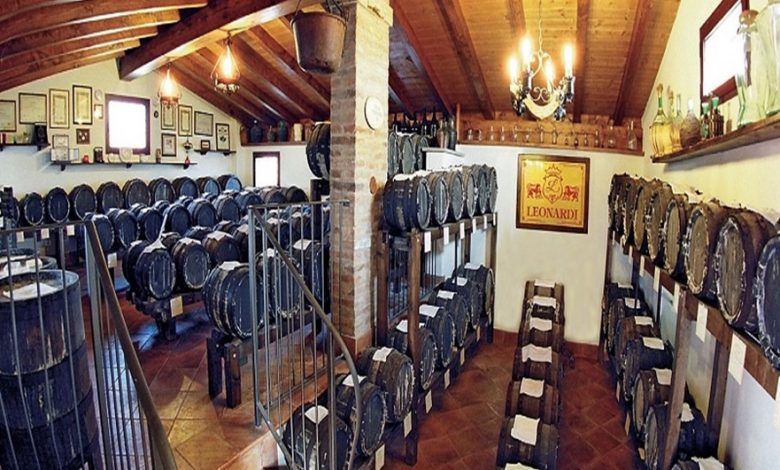Why visit a balsamic vinegar cellar?

Balsamic vinegar has enchanted chefs and foodies all around the world. Since the 19th century, its demand has increased dramatically, however in Italy, balsamic vinegar was a well-known ingredient for a much longer time.
Italy is a country where culture, tradition, family, and food are intertwined in the most unique way. Any trip to Italy will mean a trip through their own flavors, the seasonal goodies that old grandmas make in their own kitchens. No trip to Italy is complete with an experience through the flavors and perfumes this country has to offer.
That is why visiting a balsamic vinegar cellar, commonly known as an acetaia, is a must if you’re around Modena or Reggio Emilia.
Discover how balsamic vinegar is made
A balsamic vinegar tour in Modena is an unforgettable experience that will not only take you through the complex steps of producing this precious ingredient, but it promises to be a trip back in time, as many of these acetaias are family-owned and passed (land and art) from generation to generation.
Balsamic vinegar has a long history that tracks back almost a thousand years. The way this vinegar is made has been preserved thanks to a strong commitment to tradition.
Today, the complex process that leads to balsamic vinegar has been improved thanks to modern technology, but we can’t call it a factory, since a lot of the old ways are still present.
Most acetaias are more like a farm, buildings surrounded by the lush green of vineyards where the grapes grow and are later harvested to be subsequently cooked in open cauldrons on a low flame. The process takes some time since this concoction must reduce at least half before being let to rest and placed in the specially designed barrels to be aged.
Only certain types of wood can be used for these barrels, among which oak, mulberry, cherry, chestnut, juniper, acacia, and ash.
Aging of balsamic vinegar
Traditional Balsamic Vinegar of Modena D.O.P. is aged for 12 years (commonly known as affinato) or for 25 years (called extra vecchio). The ageing process is fundamental in balancing the acidity of the balsamic vinegar to perfection and making sure it absorbs the flavors and perfumes of the barrels where it’s stocked. That is how the final product that you may use in your kitchen is incredibly rich in fruity and woody notes, with such a unique perfume.
The ageing time also fulfills a role in developing that honey-like texture that we expect of balsamic vinegar.
Choosing balsamic vinegar with the denominations D.O.P. or I.G.P. is the best way to guarantee you are buying a product made in Italy, produced with the local authorized varieties of grapes, and following a heavily regulated process of ageing that results in the highest quality balsamic vinegar in the market.
And today, these excellent bottles of balsamic vinegar of Modena I.G.P. and traditional balsamic vinegar of Modena D.O.P can be found in supermarkets around the world.
What to expect from a tour of a balsamic vinegar cellar?
The acetaia is the place where balsamic vinegar is made, where the grapes grow, the grape must is made and stored, and where the balsamic vinegar is bottled. Traditions have been passed from generation to generation, and they usually offer tours where they answer the questions of how balsamic vinegar is made. A tour may also include a tasting of the different kinds of balsamic vinegar they make, and if you’re lucky, they may even offer cooking classes!
One of our favorite acetaias, Leonardi Acetaia, not only is a beautiful place to visit and learn about your favorite vinegar, but even offers the facilities for events and weddings.
